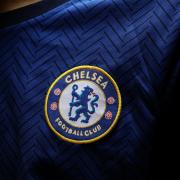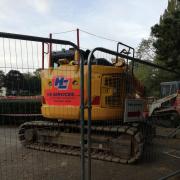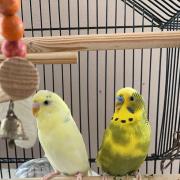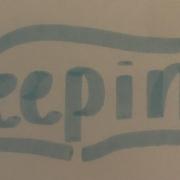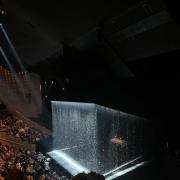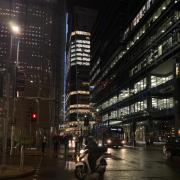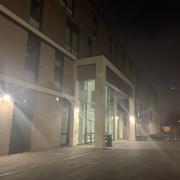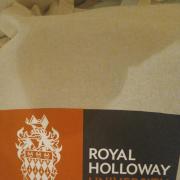
Looking around at Kingston now, its former self couldn’t be more distant. Although several memorials can be seen, Kingston was more than just the men who left to fight.
For example, the sole purpose of the now ‘Hawker Centre’ in Lower Ham Road, was made as the government was desperate for a national aircraft factory. As a result it was made in 1917 and the main founders of it were Harry Hawker, Thomas Sopwith and Sydney Camm. During WW2, women and injured soldiers from Kingston, gathered to help make some of the most famous British planes ever. They produced bomber and fighter planes for the RAF such as the Hawker Hind and Hawker Hart. Infamously, they made the Hawker Hurricane between 1937-1944, making 14,583 planes in total. The Hawker Hurricane was instrumental to Britain’s victory in the Battle of Britain and this model of plane alone was responsible for shooting down 55% of all enemy aircrafts destroyed. Without the people of Kingston, the war may have had a completely different outcome.
However, there was a price for our glory. Kingston fell victim to some of the most severe bombings in all of England, as the enemy desperately attempted to bomb the factory. One of the most deadly attacks was when Hitler landed one of his fatal V2 bombs into Park Road. This bomb was a long range ballistic missile and was the first in history, travelling a maximum of 3580 mph. It killed 8 yet injured 117 people and a memorial can be found on Park Road, near where the rocket landed.
Children who lived in Kingston during World War 2, were evacuated as a result of this bombing. Before this, it was usual for children to have to go into raid shelters that were in their schools for protection. Children also had to carry around gas masks with them in preparation for any chemical attacks in which the UK as a whole, lost many casualties to.
One of the most well known war memorials in Kingston, is situated in the town centre. It bares two plaques for both wars and the names of the men who were lost. The statue is a nude man, standing on a snake whilst hoisting his arm into the air, holding a torch. Behind him is two children showing how these men fought and protected us by defeating the enemy.
Kingston has a remarkable history, a town which was instrumental in this country’s role in World War Two. There are many reminders of this, in and around Kingston, and we should be proud of the part that our ancestors played.




